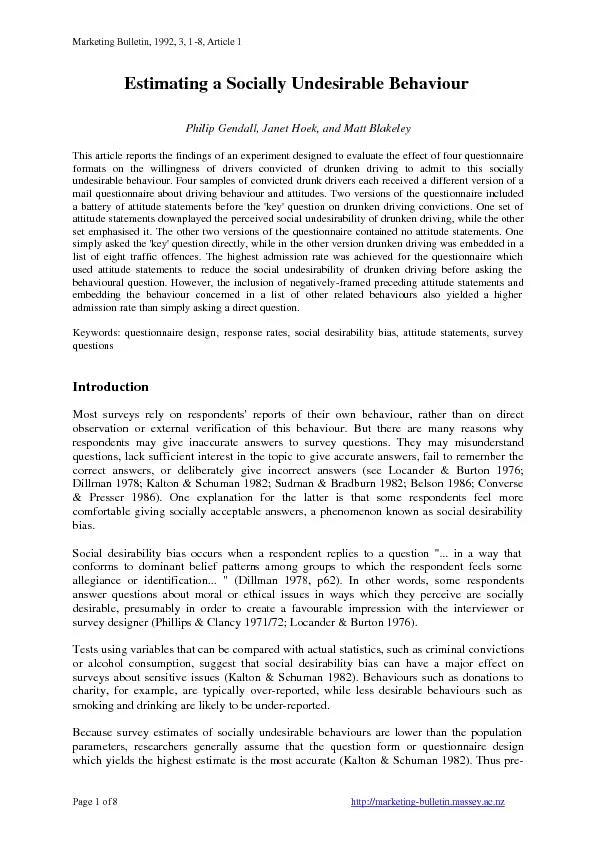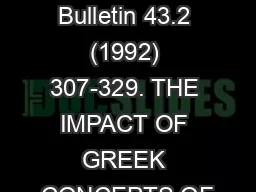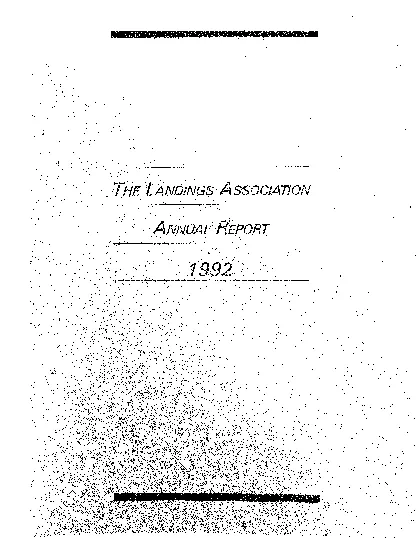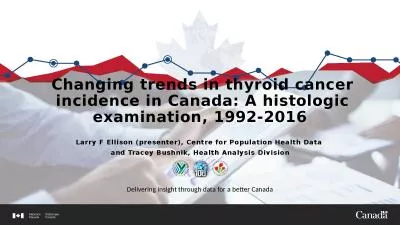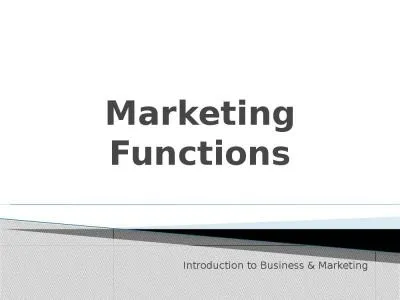PDF-Marketing Bulletin, 1992, 3, 1-8, Article 1 Page 1 of 8 http://market
Author : tawny-fly | Published Date : 2016-08-18
Estimating a Socially Undesirable Behaviour Philip Gendall Janet Hoek and Matt Blakeley This article reports the findings of an experiment designed to evaluate the
Presentation Embed Code
Download Presentation
Download Presentation The PPT/PDF document "Marketing Bulletin, 1992, 3, 1-8, Articl..." is the property of its rightful owner. Permission is granted to download and print the materials on this website for personal, non-commercial use only, and to display it on your personal computer provided you do not modify the materials and that you retain all copyright notices contained in the materials. By downloading content from our website, you accept the terms of this agreement.
Marketing Bulletin, 1992, 3, 1-8, Article 1 Page 1 of 8 http://market: Transcript
Download Rules Of Document
"Marketing Bulletin, 1992, 3, 1-8, Article 1 Page 1 of 8 http://market"The content belongs to its owner. You may download and print it for personal use, without modification, and keep all copyright notices. By downloading, you agree to these terms.
Related Documents

